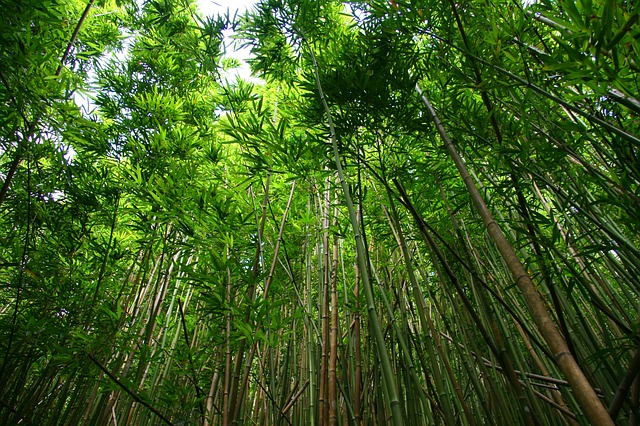Purna Wildlife Sanctuary Gujarat 2024 | Purna Wildlife Sanctuary Travel Guide 2024 | Timing | Safari Cost | Entry Fees | National Park In India | National Park In Gujarat | Gujrat Tourism
History of Purna Wildlife Sanctuary
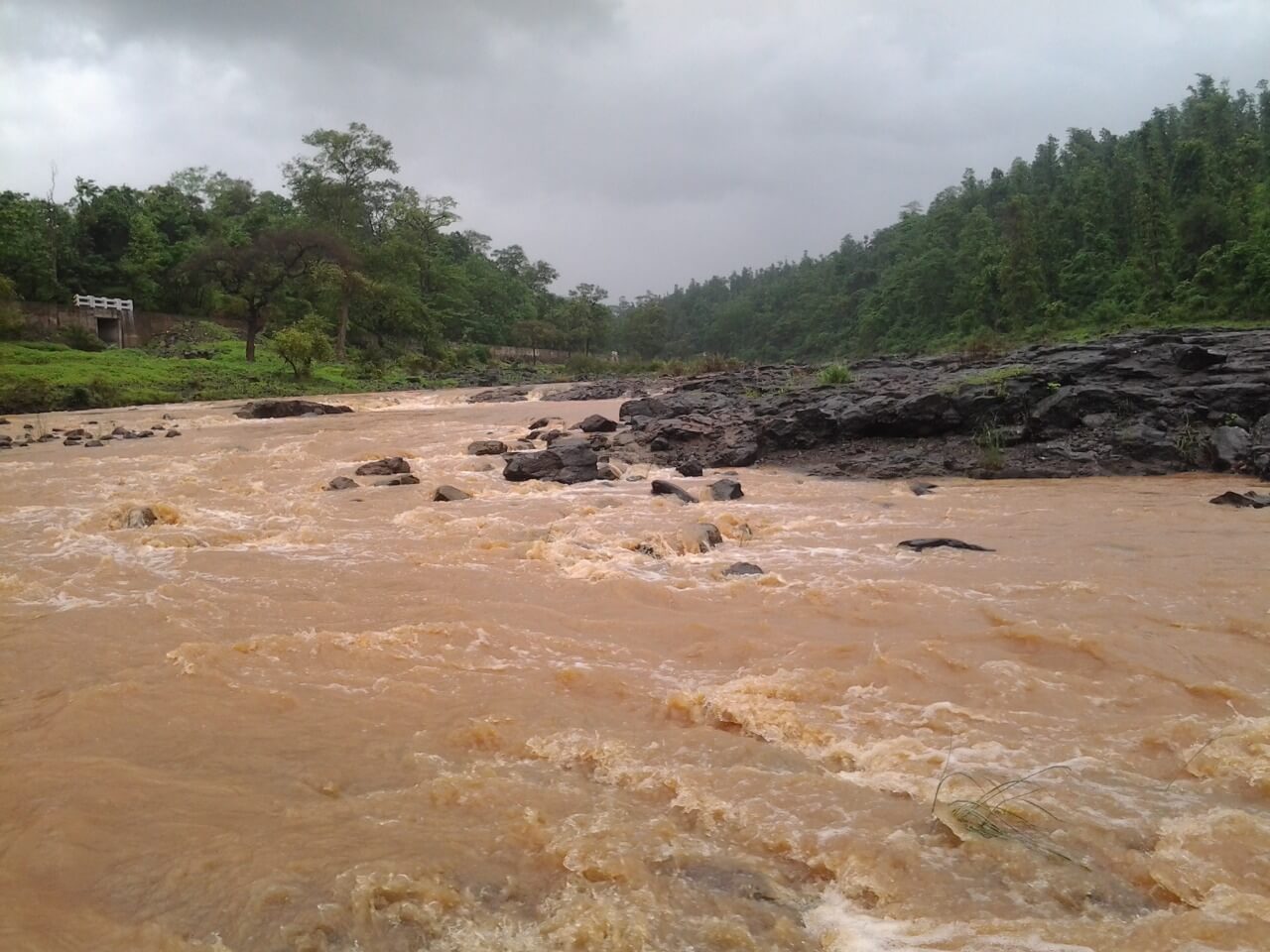
There was a time. When giant animals like elephant, rhinoceros and sloth bear roamed wildlife in Purna Wildlife Sanctuary. But during the Mughal Empire, all these animals were hunted in large numbers in Purna Wildlife Sanctuary. Due to excessive hunting, all wildlife like elephant, rhinoceros and sloth bear has become extinct from this wildlife sanctuary today.
Although the boundaries of the forest areas of Vansda National Park and Purna National Park are very close, the entrance to these two national parks has a total distance of 58 kilometres. Spread over an area of 161 sq km, Purna Wildlife Sanctuary shares the boundaries of large states like Gujarat and Maharashtra in India.
Purna National Park is bordered by Dang, Tapi, Vyara and Ahwa districts of Gujarat, and Nandurbar district of Maharashtra also has boundaries of this wildlife sanctuary. The responsibility of managing Purna National Park rests with the Dang Forest Department of Gujarat.
The forest area was converted into a wildlife sanctuary in July 1990 in the name of the Purna River flowing in this national park. The wildlife living here as well as tribal communities like Kolcha, Konkan, Bhil, Dubdas and Warli have lived in this national park for centuries.
The tribals living here have built small villages in Purna National Park according to their respective communities. The tribal families living here are still fully connected with their culture. These tribal families have preserved their clothes, ornaments and cultural heritage like traditional folk music, instruments and folk dance, even today.
Most tribal families still depend on farming, fisheries and forests for their living.
Flora of Purna National Park
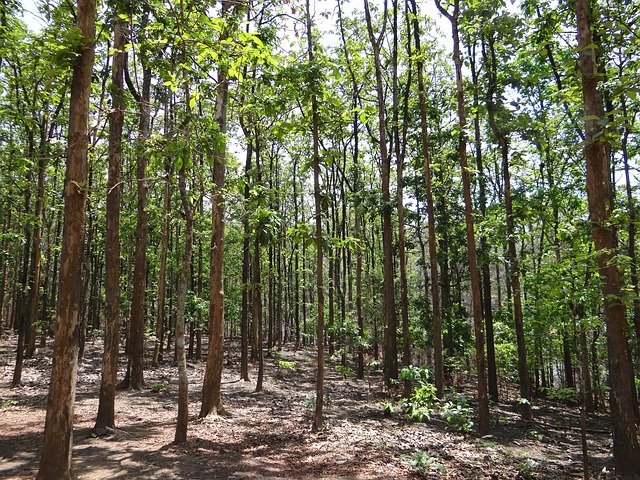
More than 700 species of plants and plants are found in Purna Wildlife Sanctuary. The biggest reason for this is the Purna river flowing here and together this forest area is one of the rainiest places of Gujarat. Purna National Park receives up to 2500 mm of rainfall throughout the year.
Apart from the Purna river and rain, some small rivers flowing in this national park also contribute to enriching the vegetation of this forest area. Located in the Western Ghats of the country, the maximum part of this park is located in hilly and plateau areas.
Like the Vansda National Park, the forests of Purna National Park are also very deep and dense. High bamboo and teak trees are the main centres of attraction in Purna National Park.
Teak and bamboo trees in the garden reach more than 100 feet in height, due to which the sunlight in many places of the garden is very difficult to reach the ground. Well, trees like Haldu, Salai, Killai, Bamboo, Sagwan, Kadaya, Sheesham, Sadad, Kalam, Sevan, Tanach and Tamru contribute to enriching the flora of this national park.
Wildlife of Purna Wildlife Sancruary
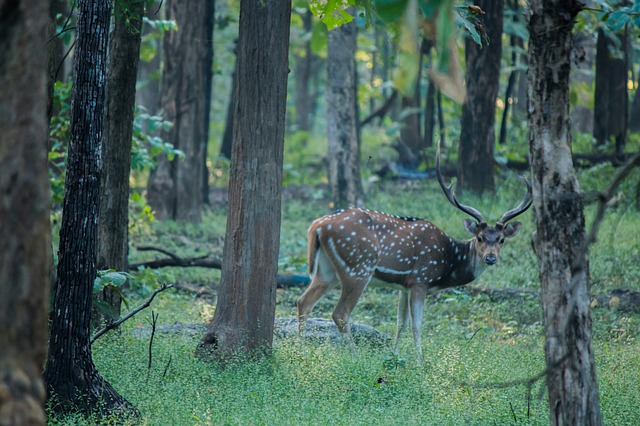
Once upon a time, in the dense forests of Purna National Park, magnificent wildlife such as elephants, rhinoceros and bears roamed. But the Mughal rulers hunted a large number of wildlife in this forest area during their reign, due to which magnificent wildlife like elephants, unicorn and bears have become extinct from this national park today.
Experts associated with wildlife about the existence of tigers in Purna National Park believe that the boundaries of this park extend to the neighbouring states of Gujarat and Maharashtra and Madhya Pradesh. Bengal tigers are found in the national parks of these two neighbouring states of Gujarat.
Therefore, there is a strong possibility that the forests of Dang district of Gujarat may prove to be suitable places for the natural habitat of tigers. Due to the very similarity between the vegetation of Vansda National Park and the flora of Purna National Park, around 116 species of spiders are found in this national park too.
Along with spiders, this national park also provides a suitable natural environment for reptiles like snakes and pythons. The leopard is the largest main predator animal in Purna National Park. Wildlife such as sambhar, chaussinga, mango mongoose, barking deer, hyena, Indian civet cat, chital, rhesus macaque and jungle cat along with leopards share the forests of Purna National Park.
Birds of Purna National Park
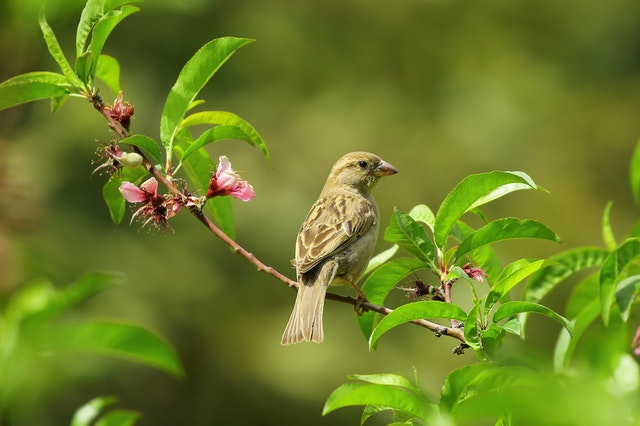
Along with wildlife, Purna Wildlife Sanctuary is one of the most suitable national parks for bird lovers. During the census of many birds from the year 1999 to the year 2003, 139 local and migratory bird species were identified in Purna National Park.
However migratory birds keep coming to Purna National Park according to their migration. The diversity of flora, wildlife and birds of Purna National Park makes this park the most suitable national park for wildlife lovers, botanical lovers and bird lovers.
in Purna wildlife sanctuary Some birds species like Gray Jungle Fowl, Owl, Bee Eater, Flycatcher, Kingfisher, Woodpecker, Gray Hornbills, Leafbirds, Barbets, Indian Peafowl, Oriental Turtle Dowel, Alpine Swift, Indian Pond Heron, Little Egret and Indian Black Ibis Is contributing to enrich wildlife
Mahal Eco Campsite, Purna Wildlife Sanctuary
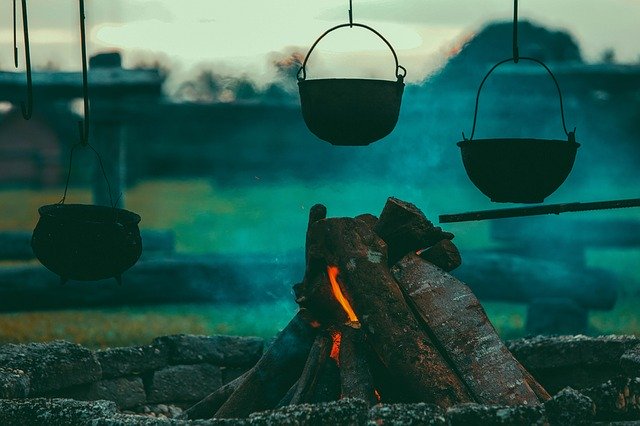
Gujarat Tourism Department has built eco campsite in almost all the national parks to promote ecotourism in the natural tourist sites of its state. The intention of the Gujarat Tourism Department behind the construction of these eco campsites is that tourists visiting these national parks can easily understand the flora and wildlife of these wildlife sanctuaries.
The Mahal Eco Campsite, built on the banks of the Purna River in Purna National Park, is one of the favourite places for tourists visiting this national park. Mahal Eco Campsite is adjacent to the largest village in this park. Guides are also available for tourists to visit Purna National Park from the Eco Campsite, tourists can also go for trekking at night with the guide.
Mahal Eco Campsite has 4 air-conditioned cottages, tents and kitchens for tourists to stay. A campfire can also be done at night at the Eco Campsite. Two large scaffolds are built on the campsite to have a natural view of the national park. The views of the wildlife of Purna National Park are very beautiful from these scaffolds.
For more information about the Mahal Eco Campsite, call the given phone number (02631-220203) to get information about the activities done at the Eco Campsite and the stay there.
Best time to visit Purna National Park
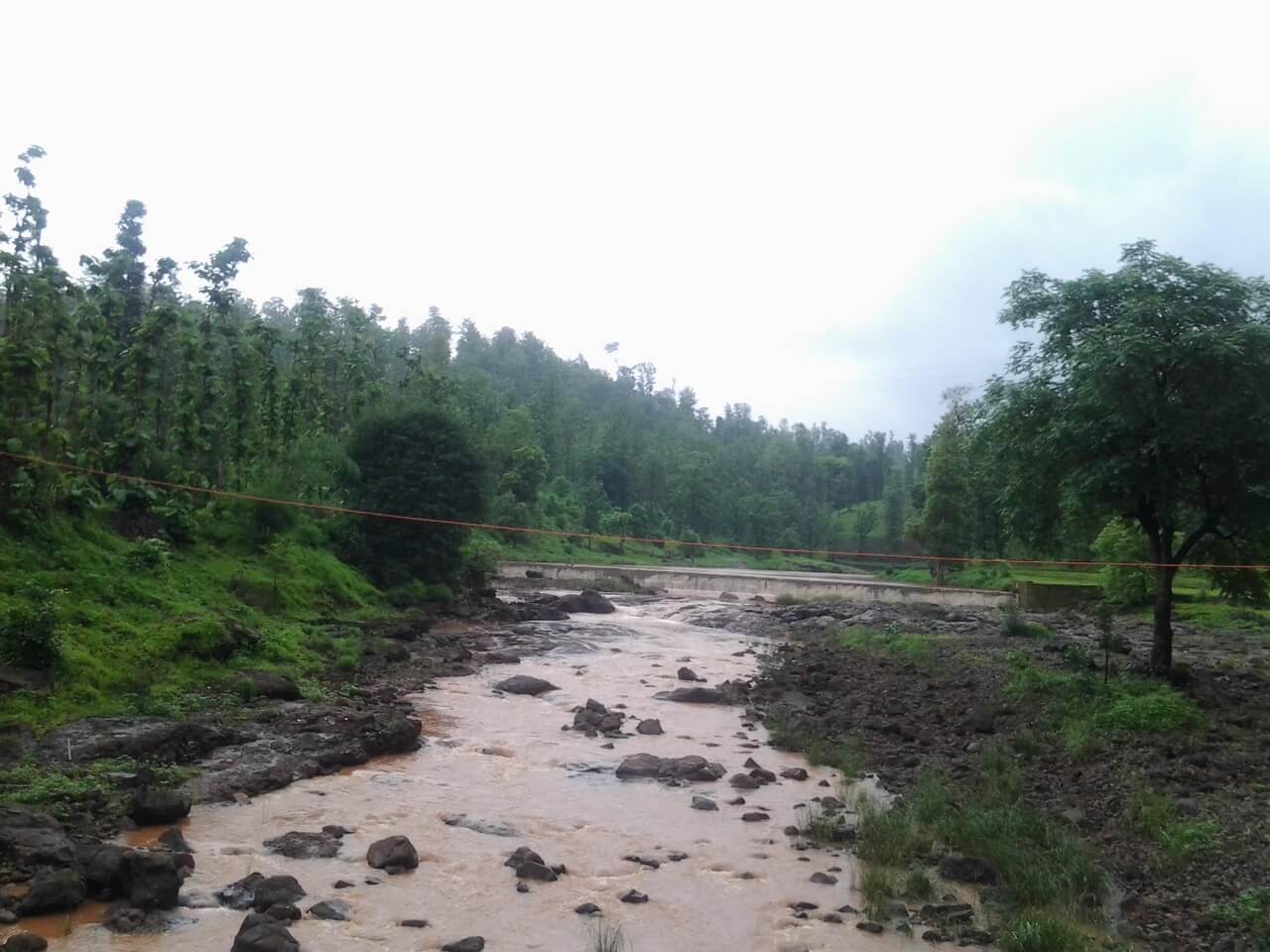
Purna National Park receives heavy rainfall from the month of June to the month of September. Due to the monsoon, before going to the national park from June to the month of September, the information about the opening of the garden should be obtained on the relevant phone number. From the first week of October to the last week of March, the weather of Purna National Park is the best time for tourists to visit.
Purna National Park Entry Fees
| S.NO. | INDIAN TOURIST | FOREIGNER TOURIST |
| 01 | Entry Fees – 20/- INR (Per Person) | |
| 02 | Vehicle Up to 6 Person – 200/- INR | |
| 03 | Vehicle Up to 15 Person – 500/- INR | |
| 04 | Vehicle Up to 60 Person – 1750/- INR | |
| 05 | Still Camera – 500/- INR | |
| 06 | Guide – 300/- INR | |
| (For an extra time, Tourist have to pay 20/- rupees per hour) |
Note: – The given amount is taken for Mahal Eco Campsite located in Purna National Park. Tourists are not charged any type of fee for entering Purna National Park. For more information about Purna National Park and Mahal Eco Campsite, information can be obtained by calling the registered phone number. (02631-220203)
Purna National Park Timings
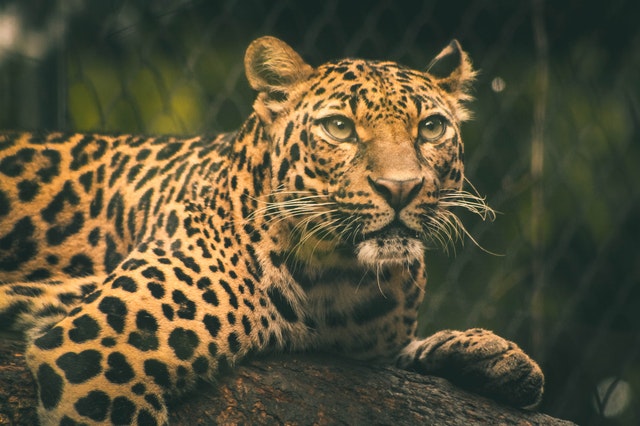
Purna National Park is open for tourists from 8:00 am to 6:00 pm throughout the week. During the monsoon, the garden receives heavy rainfall, so before going to Purna National Park from the month of June to September in the year, it would be appropriate to get the information about the opening of the garden by calling the relevant phone number.
The time of entry into the park can be changed by the forest department according to the weather.
How to reach Purna National Park
How to reach Purna National Park By Flight
The distance from Purna National Park to Dumas Airport in Surat is 136 km. Regular air services are available to Surat from many major cities of the country. Apart from Surat tax, the distance of Purna National Park from Ozar Airport in Nashik is also 142 kilometres.
From both these airports, you can reach Purna National Park very easily by bus and taxi. If you are planning to come to Purna National Park from another country, then the distance from Mumbai’s Chhatrapati Shivaji Airport to Purna National Park is just 318 km, regular flights are available from almost all major airports of the world to Mumbai Airport.
How to reach Purna National Park By Rail
The distance from Purna National Park to Waghai railway station is just 57 kilometres. Regular railway service is available from many major cities of the country from Waghai railway station. Purna National Park can be reached very easily by cab or auto from Waghai Railway Station.
How to reach Purna National Park By Road
The entire National Park is also very well connected by road. Being located near the state border of Gujarat and Maharashtra, regular government and private bus services are available from both the state to Purna National Park. Apart from the bus, tourists can reach Purna National Park very easily with their own private vehicle besides cab and taxi.
(If you have reached here in my article, then you have a small request from me to share your suggestions related to this article in the comment box below, and if you see any deficiency or any wrong information, then also definitely Tell me. I keep posting information related to travel on this website, if you like the information given by me, then you must subscribe to my website through my email, thank you)

